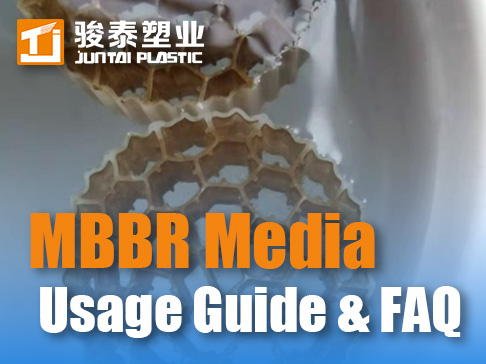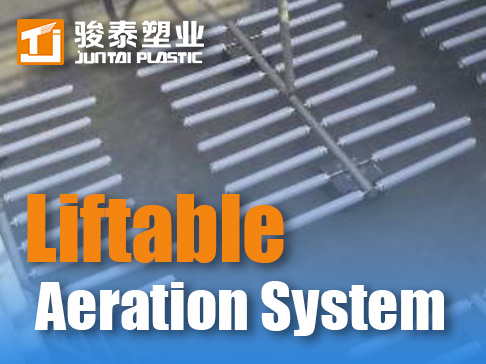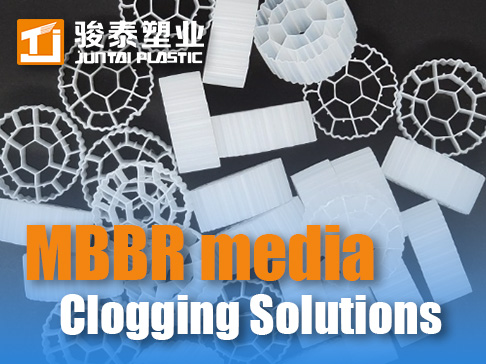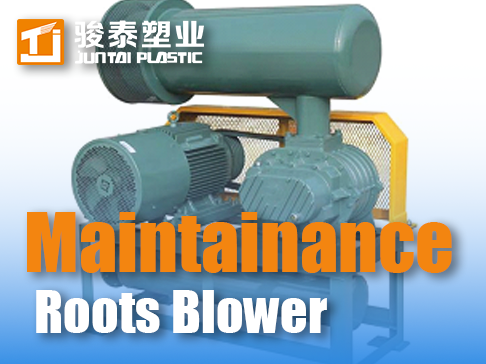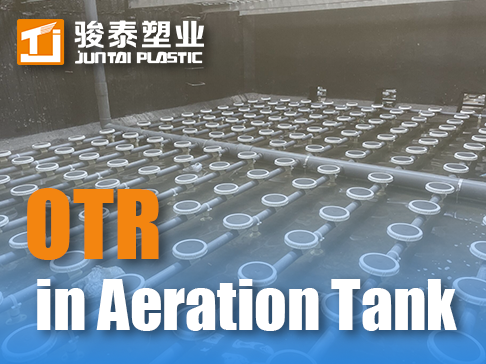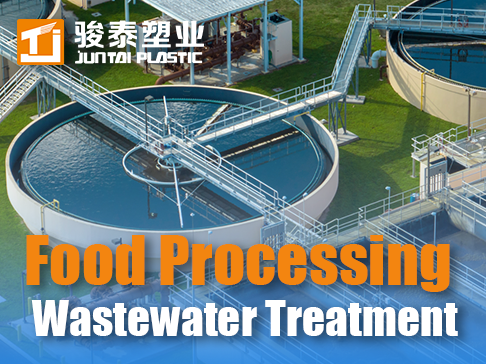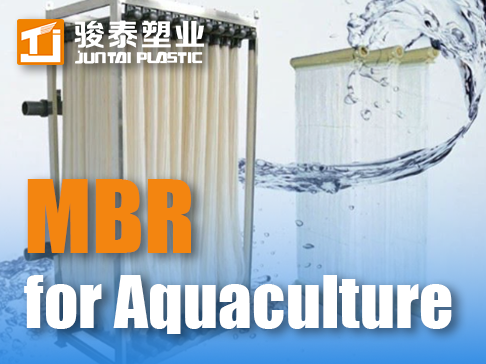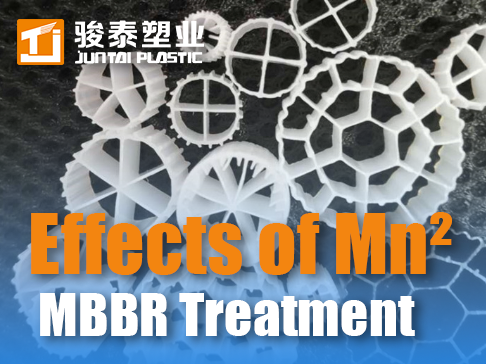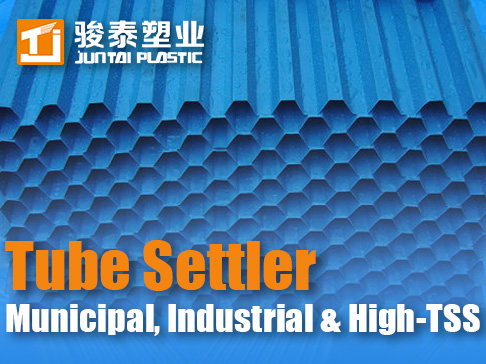 +86 13600513715
+86 13600513715 MBBR Media Guide: Top Benefits, Usage & FAQs | High-Efficiency Biofilm
Top-Rated by Clients: What Makes Our Mbbr Media So Effective?
Mbbr Bio Media: Usage Guide, Key Advantages & FAQ
MBBR (Moving Bed Biofilm Reactor)technology has become widely adopted in municipal sewage, industrial wastewater, blackwater remediation, and rural treatment systems. Known for its efficiency, flexibility, and stable performance, MBBR is increasingly favored by engineers and operators.
This article offers a brief overview of how to use MBBR bio media, its core advantages, and answers to common customer concerns.
✅ How to Use MBBR Media
1.Large Specific Surface Area for Efficient Biofilm Formation
MBBR carriers are designed with hollow, finned, or porous structures, offering a surface area of 500–1200 m²/m³. This provides more space for microorganisms to attach, colonize, and grow, enabling faster biofilm formation and shorter system startup time.
- Strong Resistance to Hydraulic and Organic Shock Loads
The biofilm develops in multilayers on the carrier surface, offering excellent stability and adaptability. Even under fluctuating influent loads or temporary water quality deterioration, the system maintains reliable treatment performance and avoids process crashes.
3. Simple Operation and Low Energy Consumption
No need for sludge recycling or strict sludge concentration control. The carriers are self-cleaning and clog-resistant. With proper aeration or hydraulic mixing, the system can run steadily over time, reducing both operational complexity and energy costs.
4.Flexible Integration and Easy Capacity Expansion
MBBR media can be applied in new or existing tanks with minimal civil work. It is ideal for retrofits and upgrades. By adjusting the media filling rate, treatment capacity can be increased without expanding the footprint.
5.Highly Adaptive and Compatible with Other Processes
MBBR can be combined with A/O, SBR, MBR, and other treatment modules to achieve nitrogen removal, phosphorus removal, or advanced treatment goals. It is particularly effective for reuse water systems, industrial wastewater, and decentralized rural applications.
※Five Key Advantages of MBBR Media
| Advantage | Description |
|---|---|
| 1. Large surface area | Allows more microorganisms to attach and thrive, boosting removal efficiency. |
| 2. High shock resistance | Stable performance under sudden load or water quality fluctuations. |
| 3. Fast startup | Surface-treated media enables quicker biofilm formation and system activation. |
| 4. Compact & modular | Easily integrated into existing tanks or structures, saving land and cost. |
| 5. Low O&M cost | No sludge recycling required, minimal manual intervention, low energy use. |
❓ Common Questions & Solutions
Q1:How long does the media last?
Answer: Quality HDPE media can last 8–10 years. Replace if damaged or bio-adhesion performance declines.
Q2: Can MBBR be combined with other processes?
Answer: Yes. MBBR is often integrated with A/O, SBR, or MBR systems for enhanced performance in complex wastewater scenarios.
Q3: Why is the media sinking or floating abnormally?
Answer: Check aeration or mixing—insufficient flow may lead to poor circulation. Adjust blower or mixing system as needed.
🖊Conclusion
With continuous advancements, MBBR media is now a core technology in modern biological treatment systems. Whether for new construction or retrofit upgrades, MBBR delivers outstanding performance with high efficiency, strong adaptability, and low operating cost.
For technical inquiries, design support, or customized product options, feel free to contact us. We’re here to help you build better wastewater solutions.




